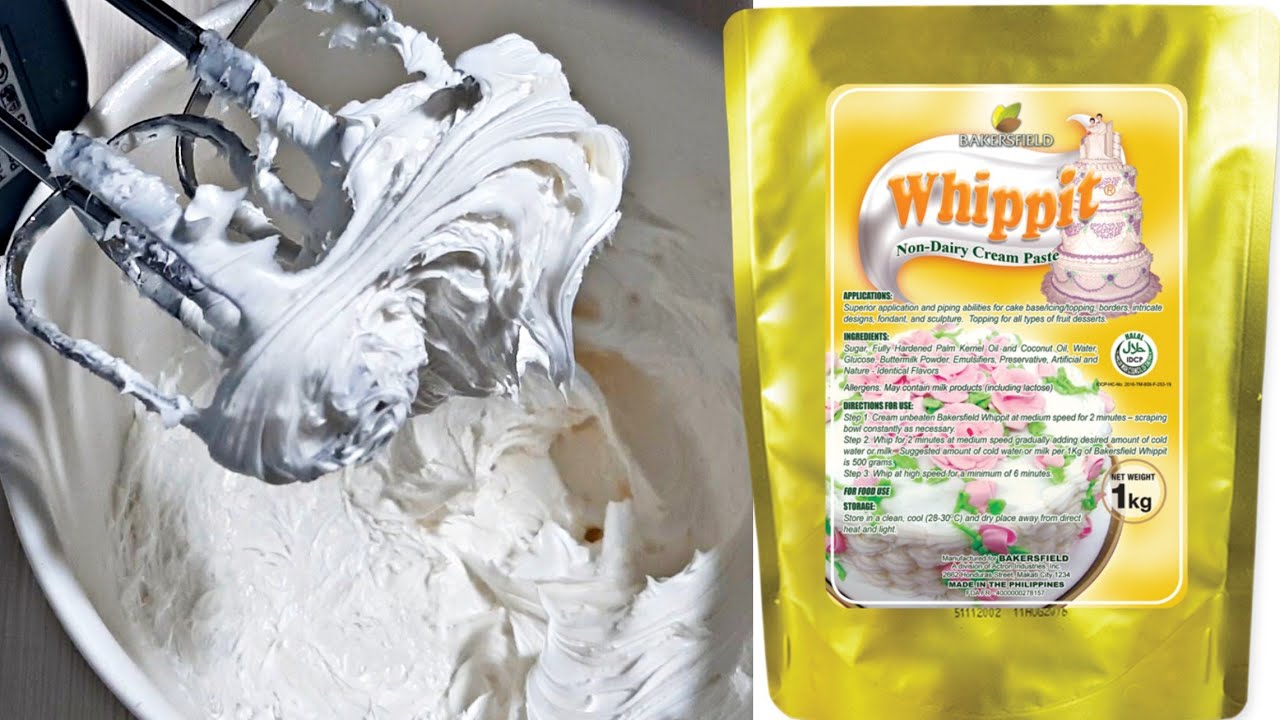

Articles
How To Store Whipping Cream After Opening
Modified: January 5, 2024
Learn the best ways to store whipping cream after opening in this informative article. Keep your cream fresh and creamy for longer with these simple storage tips.
(Many of the links in this article redirect to a specific reviewed product. Your purchase of these products through affiliate links helps to generate commission for Storables.com, at no extra cost. Learn more)
Introduction
Whipping cream is a delicious and versatile ingredient that adds richness and creamy texture to a wide variety of culinary creations. Whether you’re using it to top a decadent dessert, mix it into a savory sauce, or make homemade whipped cream, properly storing whipping cream is essential to maintain its freshness and quality.
Proper storage ensures that whipping cream remains safe to consume and maintains its desirable taste and texture. This article will provide you with valuable information about why storage matters, factors to consider when storing whipping cream, recommended storage methods, freezing options, tips for extending its shelf life, and how to identify signs of spoilage.
So, if you’ve ever wondered how to store whipping cream after opening, keep reading to learn all the tips and tricks to keep your cream fresh and delicious for as long as possible.
Key Takeaways:
- Proper storage of whipping cream is crucial to maintain its freshness, taste, and safety. Refrigeration and freezing are recommended methods to extend its shelf life and ensure its quality for culinary use.
- Factors like expiration date, cream quality, and frequency of use should be considered when storing whipping cream. Following proper storage methods and tips can help minimize waste and ensure safe consumption.
Read more: How To Store Whipped Cream After Whipping
Why Proper Storage of Whipping Cream is Important
Understanding why proper storage of whipping cream is important can help you appreciate the value of implementing the right techniques. By storing it correctly, you can prolong its shelf life, prevent spoilage, and preserve its taste and texture.
Whipping cream is a dairy product with a high fat content, which makes it susceptible to bacterial growth and degradation. Exposing whipping cream to air, temperature fluctuations, and other unfavorable conditions can result in spoilage, leading to off flavors, curdling, or separation. Proper storage helps to inhibit the growth of harmful bacteria, maintains the cream’s freshness, and prevents unnecessary waste.
Factors to Consider before Storing Whipping Cream
Before you decide on a storage method for your whipping cream, there are a few factors to consider:
1. Product Expiration Date: Check the expiration date on the packaging. Using whipping cream that is past its expiration date may lead to spoilage and affect the taste and quality of your recipes.
2. Cream Quality: Ensure that you are starting with high-quality whipping cream. Fresh cream that is not already spoiled will have a better chance of staying fresh for longer.
3. Packaging: Consider the packaging of your whipping cream. Most whipping cream comes in cartons or containers designed to preserve its freshness. However, once opened, transferring it to an airtight container may be necessary.
4. Frequency of Use: How quickly do you anticipate using the whipping cream? If you plan to use it within a few days, refrigeration may suffice. If you won’t be using it for an extended period, freezing might be the better option.
Taking these factors into account will help you determine the best storage method for your whipping cream to ensure optimal freshness and taste.
Stay tuned for the next sections, where we will delve into the recommended storage methods for whipping cream, including refrigeration and freezing options.
Key Takeaways:
- Proper storage of whipping cream is crucial to maintain its freshness, taste, and safety. Refrigeration and freezing are recommended methods to extend its shelf life and ensure its quality for culinary use.
- Factors like expiration date, cream quality, and frequency of use should be considered when storing whipping cream. Following proper storage methods and tips can help minimize waste and ensure safe consumption.
Read more: How To Store Whipped Cream After Whipping
Why Proper Storage of Whipping Cream is Important
Properly storing whipping cream is of utmost importance to maintain its freshness, quality, and safety for consumption. Here are some key reasons why you should pay attention to the storage of whipping cream:
1. Prolongs Shelf Life: Whipping cream is a perishable dairy product that can spoil quickly if not stored correctly. Proper storage techniques prevent the growth of bacteria, yeasts, and molds that can cause spoilage and extend the shelf life of whipping cream. By ensuring its freshness, you can use it in various recipes without concerns about spoilage or foodborne illnesses.
2. Preserves Taste and Texture: Whipping cream is valued for its smooth, creamy texture and rich flavor. Improper storage can result in changes to the cream’s taste and texture, making it unappealing to use in recipes. By storing whipping cream correctly, you can preserve its desirable qualities, ensuring that it retains its velvety texture and delicate flavor.
3. Prevents Curdling and Separation: When whipping cream is exposed to air or stored at incorrect temperatures, it can curdle or separate, leading to an undesirable texture and appearance. Proper storage methods, such as refrigeration or freezing, help maintain the emulsion in whipping cream, preventing curdling and separation.
4. Reduces Waste: By storing whipping cream properly, you can minimize waste and save money. If whipping cream is improperly stored and spoils, you will need to discard it, resulting in unnecessary waste. Proper storage methods can help maximize its freshness and usability, reducing the chances of wastage.
5. Food Safety: Storing whipping cream at the appropriate temperature inhibits the growth of harmful bacteria and minimizes the risk of foodborne illnesses. Consuming spoiled whipping cream can lead to digestive issues, such as nausea, vomiting, or diarrhea. By adhering to proper storage guidelines, you can ensure that the whipping cream remains safe to consume.
To reap the full benefits of whipping cream and enjoy its creamy goodness in your culinary creations, it is crucial to store it properly. In the following sections, we will explore the factors to consider before storing whipping cream and discuss the recommended storage methods, including refrigeration and freezing options.
Factors to Consider before Storing Whipping Cream
Before you decide on the best storage method for your whipping cream, there are several factors you should consider. Taking these factors into account will help ensure that you choose the most appropriate storage method to maintain the freshness and quality of your cream. Here are some key factors to consider:
1. Product Expiration Date: Check the expiration date on the packaging of the whipping cream. It is important to use the cream before the expiration date to avoid any risks of spoilage and to ensure that it is still safe to consume. If the whipping cream is already past its expiration date, it is best to discard it.
2. Cream Quality: Start with high-quality whipping cream. Fresh cream that has not already gone bad will have a better chance of staying fresh for longer. Quality cream is usually free of any off odors or flavors and will have a smooth, uniform consistency. Check for any signs of spoilage before deciding on your storage method.
3. Packaging: Consider the packaging of your whipping cream. Most whipping cream comes in cartons or containers designed to preserve its freshness. These containers are often made of paperboard or plastic and have airtight seals to prevent air from entering and spoilage from occurring. If you have opened the carton, it may be necessary to transfer the cream to an airtight container to maintain its freshness.
4. Frequency of Use: Consider how quickly you anticipate using the whipping cream. If you plan to use it within a few days, refrigeration may suffice. However, if you do not plan to use it for an extended period, freezing the cream may be a better option.
5. Future Recipe Needs: Think about your future recipe needs. If you anticipate using a small amount of whipping cream in multiple recipes, it may be more convenient to divide the cream into smaller portions before storing. This will help minimize waste and make it easier to thaw or use as needed.
By considering these factors, you can make an informed decision about the best storage method for your whipping cream. Properly storing your cream will not only help maintain its freshness and quality but also minimize waste and ensure that it remains safe to consume. In the next sections, we will explore the recommended storage methods for whipping cream, including refrigeration and freezing options.
Read more: How To Store Whipped Cream
Recommended Storage Methods for Whipping Cream
When it comes to storing whipping cream, there are two main methods to consider: refrigeration and freezing. Each method has its benefits and considerations, depending on your specific needs. Let’s take a closer look at these recommended storage methods:
1. Storing Whipping Cream in the Refrigerator:
– Refrigeration is the most common and convenient method for storing whipping cream after opening.
– Keep the whipping cream in its original carton or transfer it to an airtight container to prevent air exposure and maintain freshness.
– Store the cream in the main body of the refrigerator, where the temperature is consistently cold.
– Make sure the whipping cream is tightly sealed and protected from strong-smelling foods, as it can absorb odors easily.
– Aim to use the whipping cream within 3-5 days of opening for the best quality.
2. Freezing Whipping Cream:
– Freezing is a great option if you don’t plan to use the whipping cream within a few days or want to extend its storage life.
– Before freezing, pour the whipping cream into small, sealable containers or ice cube trays for easy portioning.
– Leave some headspace in the containers to allow for expansion as the cream freezes.
– Label the containers with the date of freezing to track its freshness.
– Place the containers in the coldest part of your freezer, such as the back or bottom shelf.
– Frozen whipping cream can last up to 3 months, but it may start to develop slight changes in texture once thawed. It is best to use it in recipes that require further processing, like cooking or whipping.
Keep in mind that while freezing can extend the shelf life of whipping cream, it may slightly alter the texture upon thawing. However, the frozen cream will still be suitable for cooking and baking purposes.
Remember, before using refrigerated or frozen whipping cream, give it a gentle shake to ensure the consistency is smooth and uniform. If you notice any signs of spoilage, discard the cream immediately.
Now that you have a better understanding of the recommended storage methods, it’s time to explore some additional tips for extending the shelf life of whipping cream. These tips will help you maximize the freshness and quality of your cream, ensuring it’s always ready for your culinary creations.
Store whipping cream in the coldest part of the fridge, usually the back. Keep it tightly sealed to prevent absorbing other odors and use it within 5-7 days of opening.
Storing Whipping Cream in the Refrigerator
Refrigeration is the most common and convenient method for storing whipping cream after opening. It helps maintain the freshness, quality, and safety of the cream for a longer period of time. Here are the steps to properly store whipping cream in the refrigerator:
1. Original Packaging: Keep the whipping cream in its original carton if it comes in one. The carton is designed to protect the cream from external factors and maintain its freshness. If the carton is damaged or not available, transfer the cream to an airtight container or jar.
2. Airtight Container: If you transfer the cream to an airtight container, make sure it is clean and dry. Choose a container that is suitable for storing dairy products and has a tight-fitting lid to prevent air exposure.
3. Refrigerator Placement: Store the whipping cream in the main body of the refrigerator, where the temperature is consistently cold. Avoid storing it in the refrigerator door, as the temperature in this area tends to fluctuate with frequent opening and closing.
4. Protect from Odors: Whipping cream has a high affinity for absorbing odors from strong-smelling foods in the refrigerator. To prevent undesirable flavor transfer, keep the cream away from pungent items like onions, garlic, and strong cheeses. You can also place the container of cream in a sealed plastic bag for extra protection.
5. Proper Storage Temperature: The ideal temperature for storing whipping cream in the refrigerator is between 32°F (0°C) and 40°F (4°C). This temperature range helps inhibit bacterial growth and maintains the freshness and quality of the cream. Use a refrigerator thermometer to ensure that the temperature remains within this range.
6. Shelf Life: Whipping cream stored in the refrigerator should be used within 3-5 days after opening for the best quality. Check the expiration date on the original packaging and factor in the date of opening to determine its remaining shelf life.
By following these guidelines, you can ensure that your whipping cream remains fresh, safe to consume, and ready for use in your favorite recipes. Remember to give the cream a gentle shake before using it to restore its smooth consistency. If you notice any signs of spoilage, such as an off odor, curdling, or separation, discard the cream immediately.
Next, we will explore another storage option for whipping cream – freezing. Freezing allows you to extend the shelf life of the cream, providing you with more flexibility in using it at a later time.
Freezing Whipping Cream
Freezing whipping cream is an excellent option if you don’t plan to use it within a few days or want to extend its storage life. Freezing can help preserve the cream for a longer period while maintaining its quality and freshness. Here’s how to freeze whipping cream properly:
1. Portioning the Cream: Before freezing, consider portioning the whipping cream to make it more convenient for future use. Pour the cream into small, airtight containers or ice cube trays. This way, you can thaw only the amount you need without the need to defrost the entire container.
2. Head Space: Leave some headspace in the containers or ice cube trays to allow for expansion as the cream freezes. Whipping cream expands as it solidifies, so ensure that the containers are not filled to the brim. Leaving about half an inch of space at the top should be sufficient.
3. Sealing Containers: Ensure that the containers or ice cube trays are tightly sealed to prevent air exposure, which can cause freezer burn and affect the quality of the cream. Use containers specifically designed for freezing to maintain the cream’s freshness and prevent any odors from permeating into the cream.
4. Labeling and Dating: Label each container or ice cube tray with the date of freezing. This will help you keep track of its freshness and ensure that you use the oldest cream first. Freezing whipping cream is recommended for up to three months, but for the best quality, try to use it within two months.
5. Freezer Placement: Place the containers or ice cube trays in the coldest part of your freezer, such as the back or bottom shelf. Avoid storing them near the freezer door, as temperature fluctuations can compromise the quality of the cream.
6. Thawing: When you’re ready to use the frozen whipping cream, transfer the desired amount to the refrigerator and let it thaw slowly and gradually. This process may take several hours or overnight, depending on the volume of cream. Avoid thawing whipping cream at room temperature to prevent bacterial growth.
It’s important to note that the texture of whipping cream may change slightly upon thawing. While it may not whip up to the same consistency as fresh cream, it is still suitable for cooking and baking purposes. Incorporate thawed whipping cream into recipes that involve further processing or heating for the best results.
By following these freezing guidelines, you can enjoy the benefits of extended storage and have whipping cream readily available whenever you need it. Remember to adhere to the recommended storage times and conditions to ensure the best quality after thawing.
In the next section, we will discuss additional tips for extending the shelf life of whipping cream, regardless of whether you choose to store it in the refrigerator or freezer. These tips will help you maximize the freshness and usability of your whipping cream.
Tips for Extending the Shelf Life of Whipping Cream
To make the most out of your whipping cream and extend its shelf life, there are several helpful tips and practices to keep in mind. By following these guidelines, you can maximize the freshness and usability of your cream. Here are some tips for extending the shelf life of whipping cream:
1. Keep it Cold: Whipping cream is a perishable dairy product that should always be stored in a cold environment. Whether you choose to refrigerate or freeze it, maintaining a consistently cold temperature is essential for preventing bacterial growth and spoilage. Be sure to promptly return unused cream to the refrigerator or freezer after use.
2. Minimize Air Exposure: Air exposure can contribute to the deterioration of whipping cream. When storing in the refrigerator, seal the original carton tightly or transfer the cream to an airtight container. For freezing, use freezer-safe containers or wrap tightly with plastic wrap to prevent freezer burn.
3. Use Clean Utensils: When extracting whipping cream from the container, ensure that you use clean utensils or spoons to reduce the risk of introducing bacteria. Avoid directly using your fingers to scoop or retrieve the cream.
4. Avoid Cross-Contamination: To prevent the transfer of flavors and odors, store whipping cream away from strong-smelling foods in the refrigerator. This will help maintain the integrity of its taste and aroma.
5. Don’t Mix Fresh and Previously Frozen Cream: If you have previously frozen whipping cream and fresh cream, avoid mixing them together. The texture and quality of fresh and thawed cream may differ, so it’s best to use them separately and appropriately.
6. Plan Ahead: Before opening a carton of whipping cream, consider if you will be able to use it within a few days. If not, freezing the cream in small portions can extend its shelf life and provide flexibility in future use. Planning ahead can help minimize waste and ensure that you have cream available when you need it.
7. Thoroughly Check for Spoilage: Before using whipping cream, always conduct a visual and olfactory examination. Look for any signs of mold, unusual discoloration, or off-putting odors. If you notice any of these signs, discard the cream immediately as it may be spoiled and unsafe to consume.
By implementing these tips, you can significantly extend the shelf life of your whipping cream and maintain its quality for longer periods. This allows you to enjoy fresh cream in your culinary creations without the worry of spoilage.
In the next section, we will discuss how to identify signs of spoiled whipping cream so that you can ensure the safety and quality of the cream you are using.
Read more: How To Store Whipping Cream
Signs of Spoiled Whipping Cream
It’s essential to be able to identify signs of spoiled whipping cream to ensure that you are using cream that is safe and suitable for consumption. Here are some common indicators that your whipping cream may have spoiled:
1. Off Odor: Whipping cream that has gone bad will have a noticeable sour or off-putting odor. If you detect any foul or rancid smells coming from the cream, it is a clear sign that it has spoiled and should be discarded.
2. Mold Growth: Mold growth is a clear indication that whipping cream has gone bad. If you observe any fuzzy or discolored patches on the surface of the cream, it should not be consumed. Mold can lead to various health issues and should never be ingested.
3. Separation or Curdling: Spoiled whipping cream may separate or curdle, resulting in a watery or chunky texture. If you notice a significant change in the consistency or the appearance of lumps or clumps in the cream, it has likely spoiled and should be discarded.
4. Unusual Texture or Appearance: Inspect the whipping cream for any unusual changes in texture or appearance. This can include graininess, visible ice crystals (if previously frozen and thawed), or a slimy or slimy consistency. These irregularities indicate that the cream is unfit for use.
5. Unpleasant Taste: Spoiled whipping cream will have an unpleasant taste, often bitter or sour. If you taste the cream and detect any off flavors or an unpleasant aftertaste, it is a clear indication that the cream has spoiled and should not be consumed.
It is crucial to note that consuming spoiled whipping cream can lead to foodborne illnesses and should be avoided. If you come across any of these signs of spoilage, it is best to err on the side of caution and discard the cream.
By being diligent in inspecting and utilizing your senses to assess the condition of whipping cream, you can ensure that you are using fresh and safe cream. Remember to store the cream properly and adhere to recommended storage times to minimize the risk of spoilage.
As we conclude our discussion on signs of spoiled whipping cream, let’s recap the key points discussed and wrap up the article.
Conclusion
Properly storing whipping cream is essential to maintain its freshness, quality, and safety for consumption. By following the recommended storage methods, such as refrigeration and freezing, you can prolong the shelf life of whipping cream and ensure that it remains in optimal condition for use in your culinary creations.
When storing whipping cream in the refrigerator, keep it in its original carton or transfer it to an airtight container to minimize air exposure. Place the cream in the coldest part of the refrigerator and avoid storing it near strong-smelling foods to prevent flavor transfer. Use the cream within 3-5 days of opening for the best quality.
For longer storage, freezing whipping cream is an excellent option. Portion the cream into small containers or ice cube trays, leaving sufficient headspace for expansion. Ensure the containers are tightly sealed and labeled with the date of freezing. Frozen whipping cream can last up to three months but may undergo slight texture changes upon thawing.
To extend the shelf life of whipping cream, keep it cold, minimize air exposure, use clean utensils, and avoid cross-contamination with other foods. Plan ahead and portion the cream accordingly to prevent waste. Always check for signs of spoilage, including off odors, mold, separation, unusual texture, or unpleasant taste.
By implementing these tips and being aware of the signs of spoiled whipping cream, you can enjoy fresh and safe cream in your recipes. Remember that proper storage and careful inspection are essential for maintaining the quality and safety of your whipping cream.
So, the next time you find yourself wondering how to store whipping cream after opening, refer back to this article for guidance. With the right storage techniques, you can ensure that your whipping cream remains delicious, creamy, and ready to elevate your culinary creations.
Frequently Asked Questions about How To Store Whipping Cream After Opening
Was this page helpful?
At Storables.com, we guarantee accurate and reliable information. Our content, validated by Expert Board Contributors, is crafted following stringent Editorial Policies. We're committed to providing you with well-researched, expert-backed insights for all your informational needs.
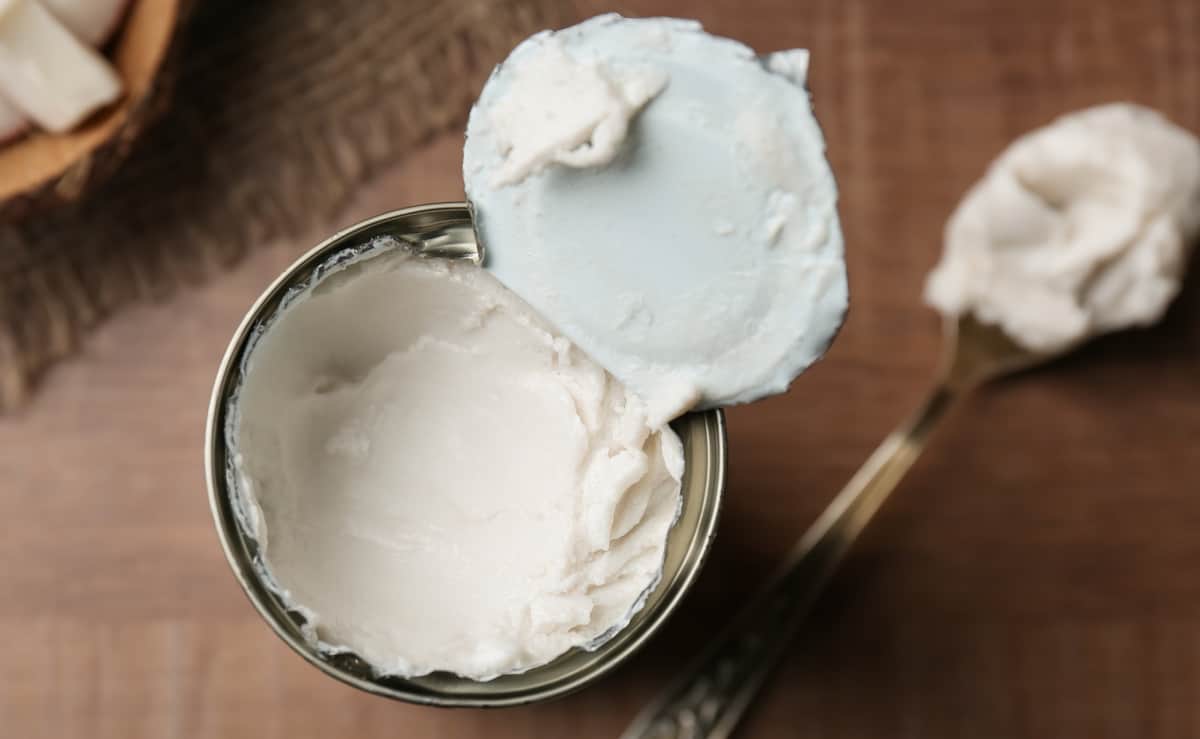
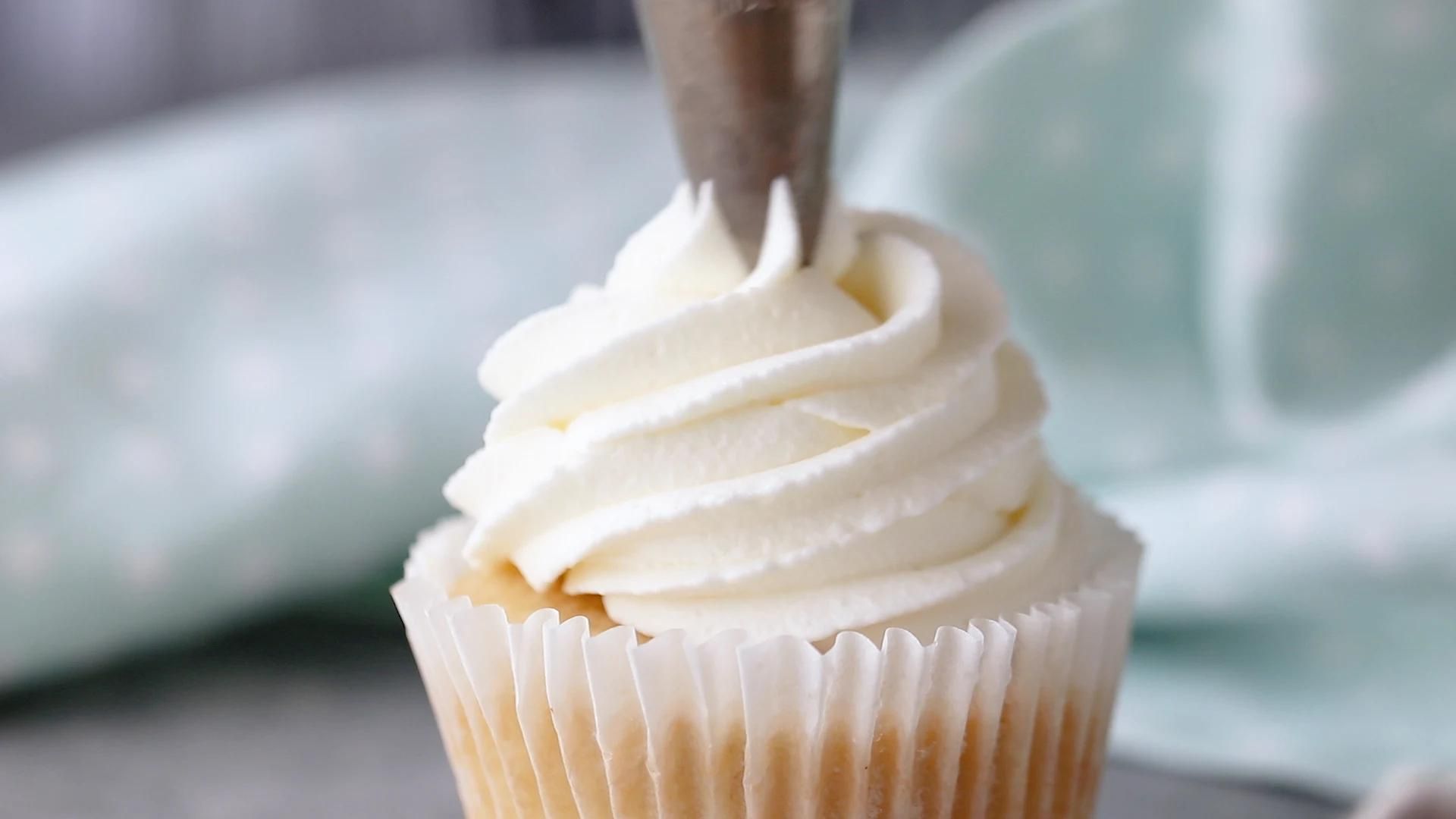
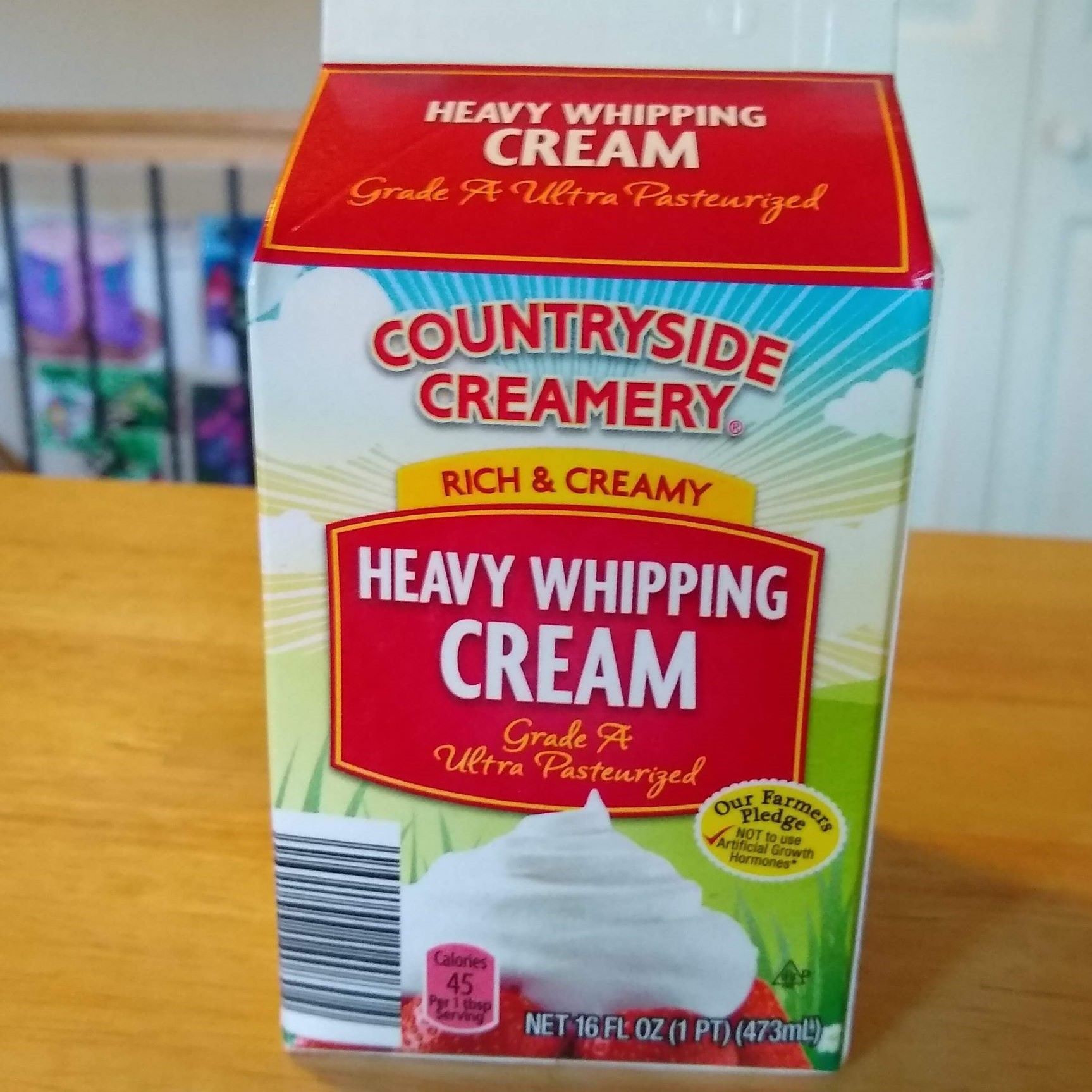
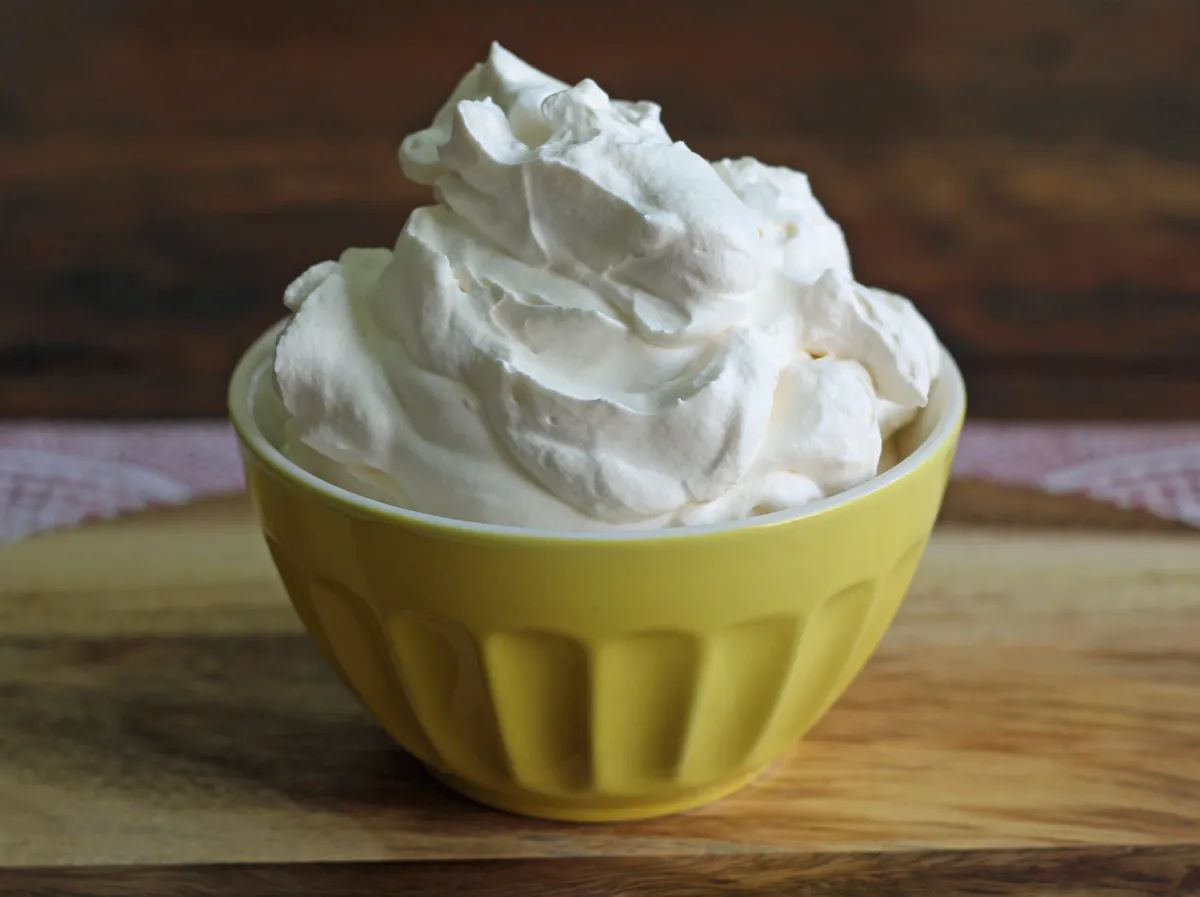
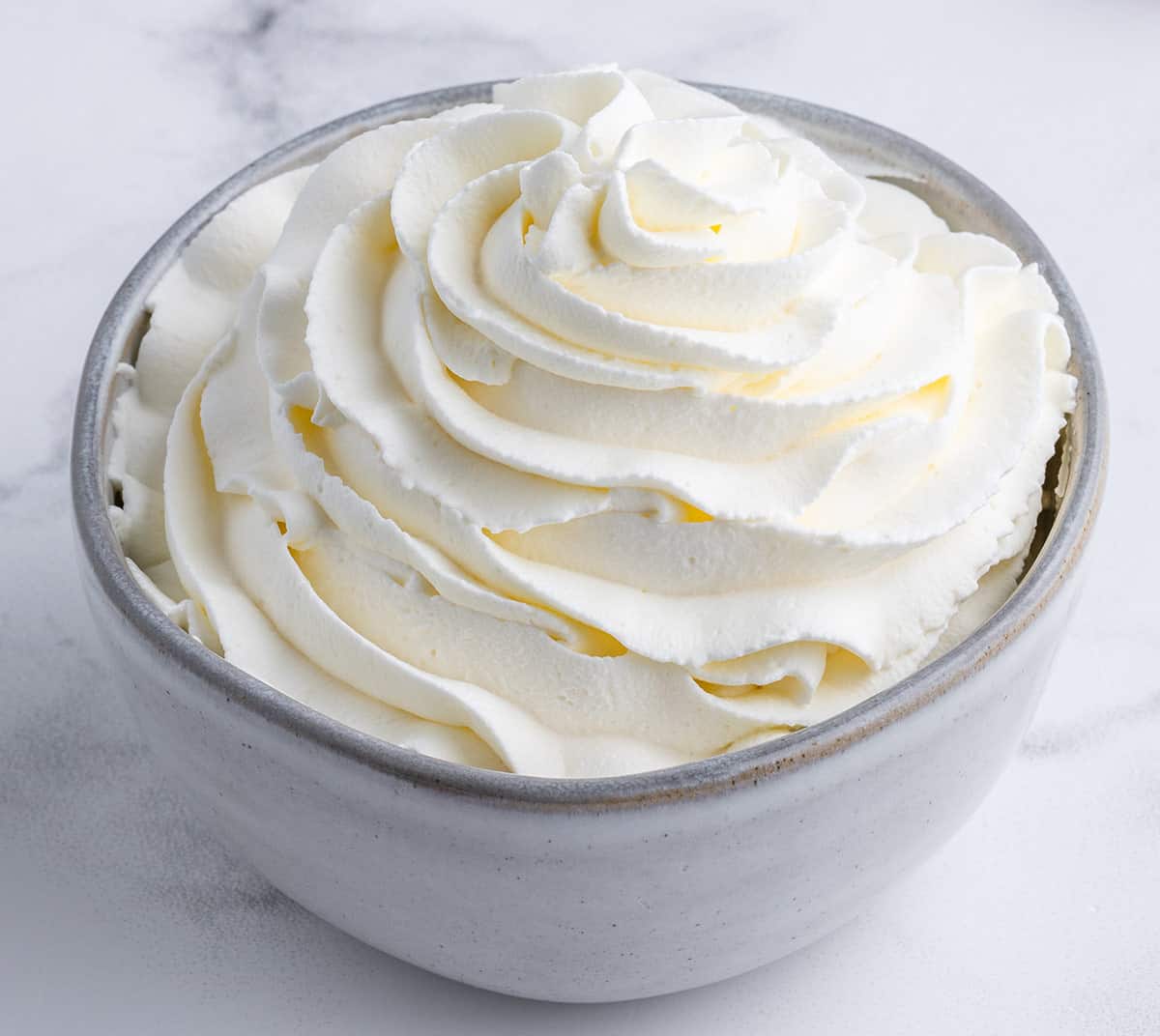
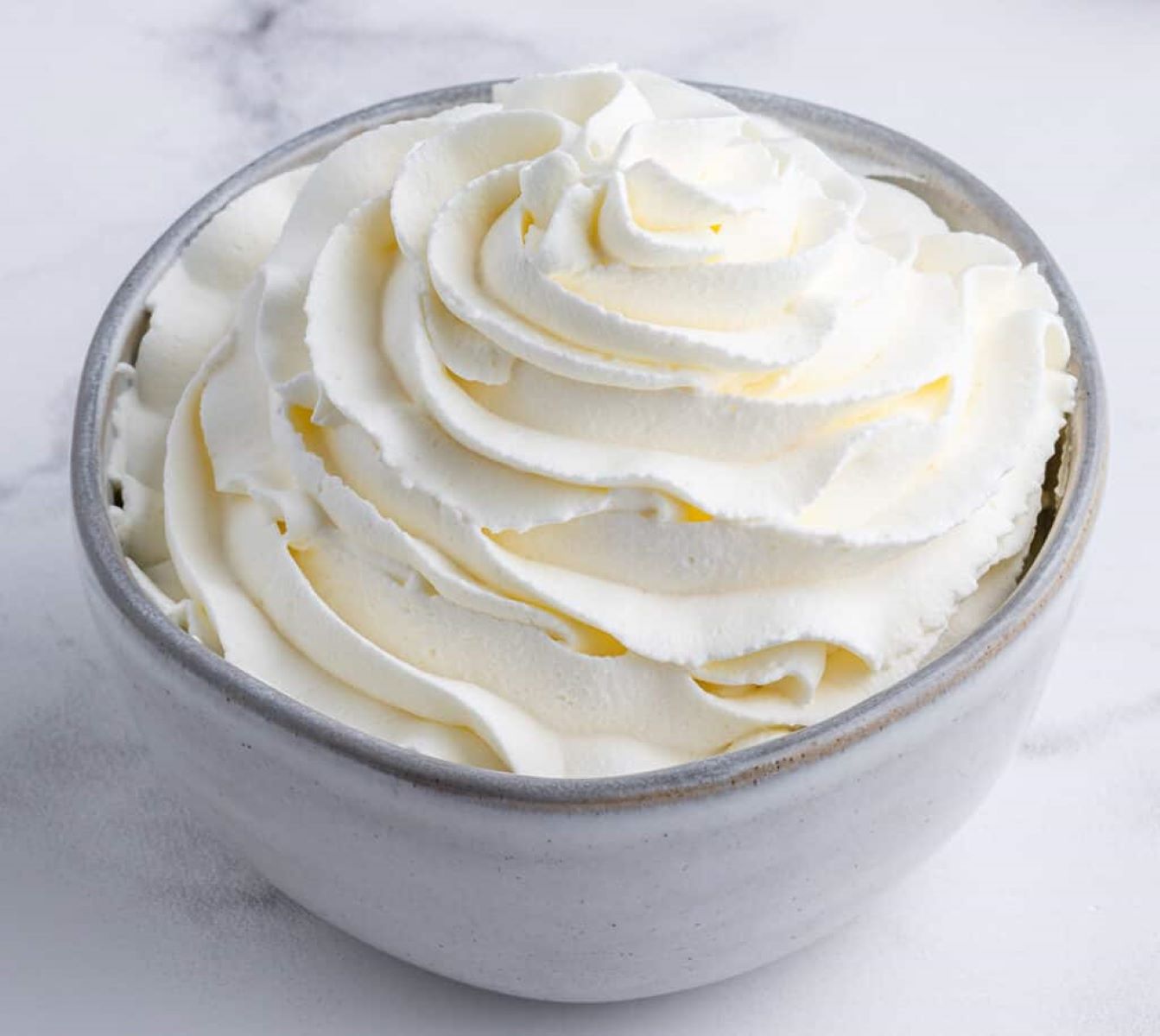
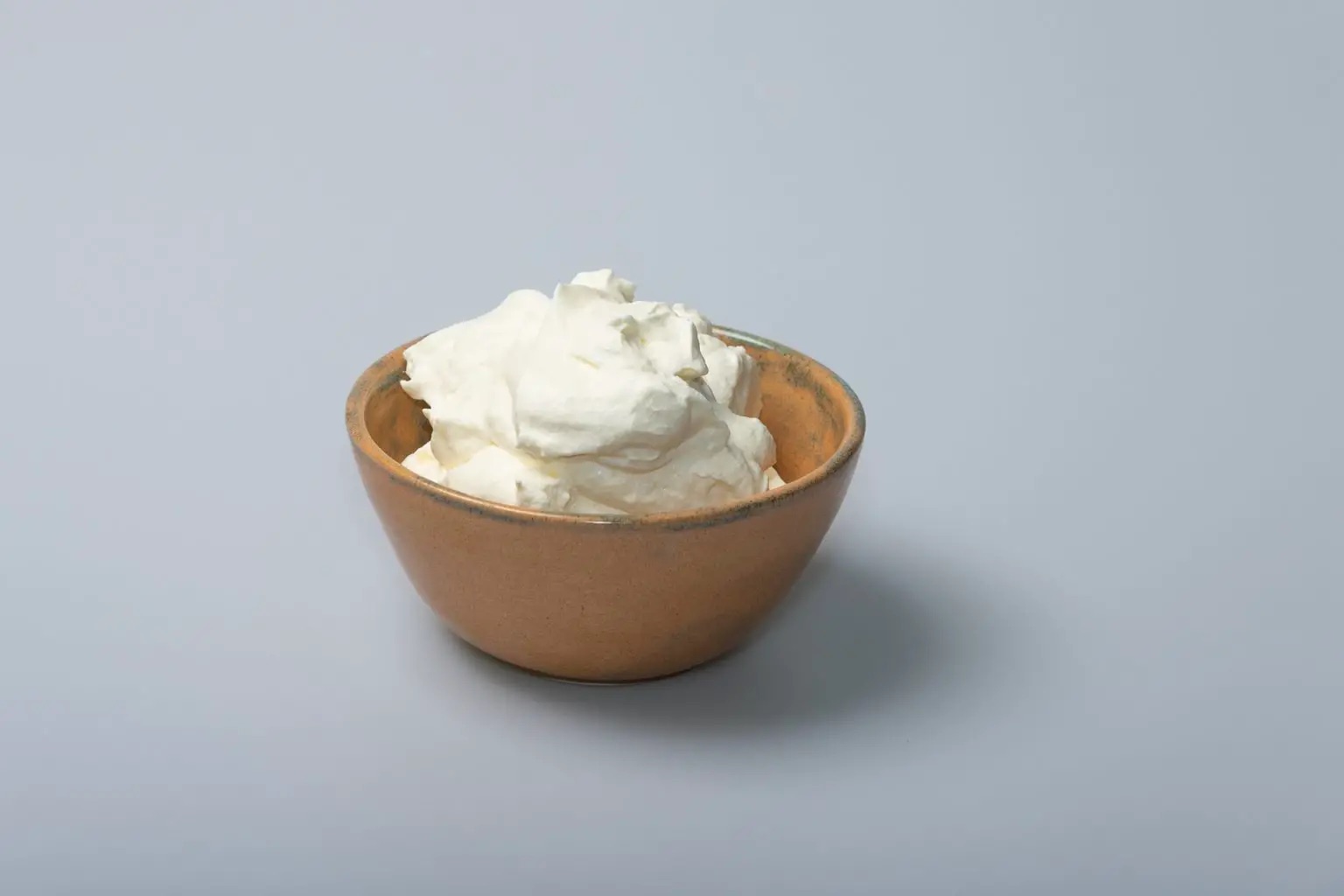
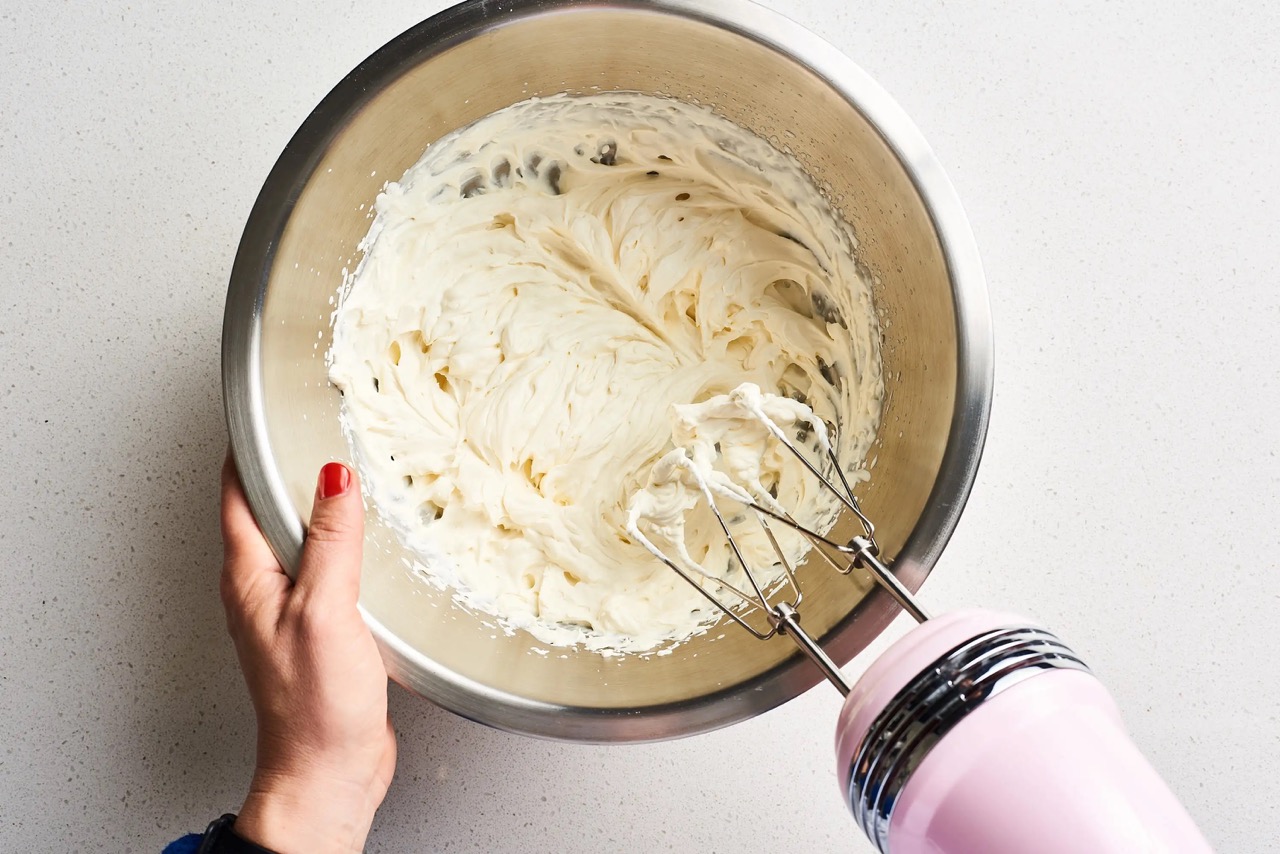
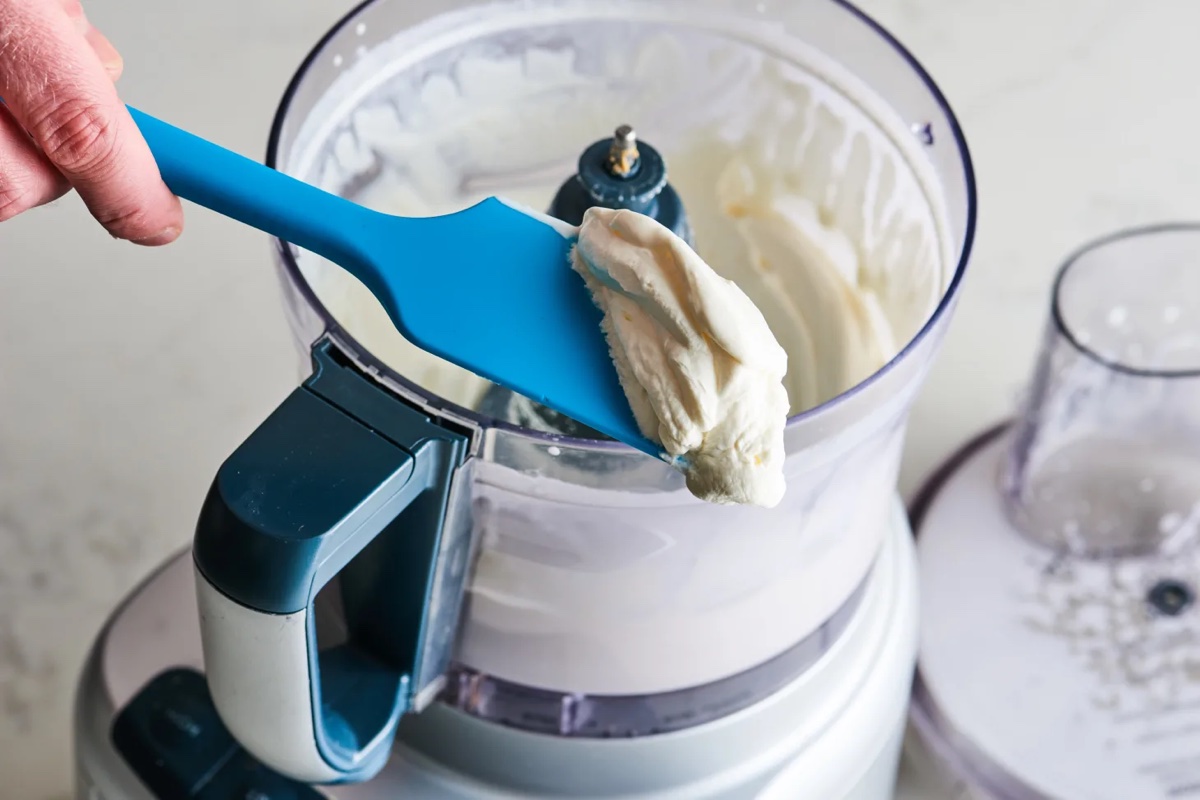
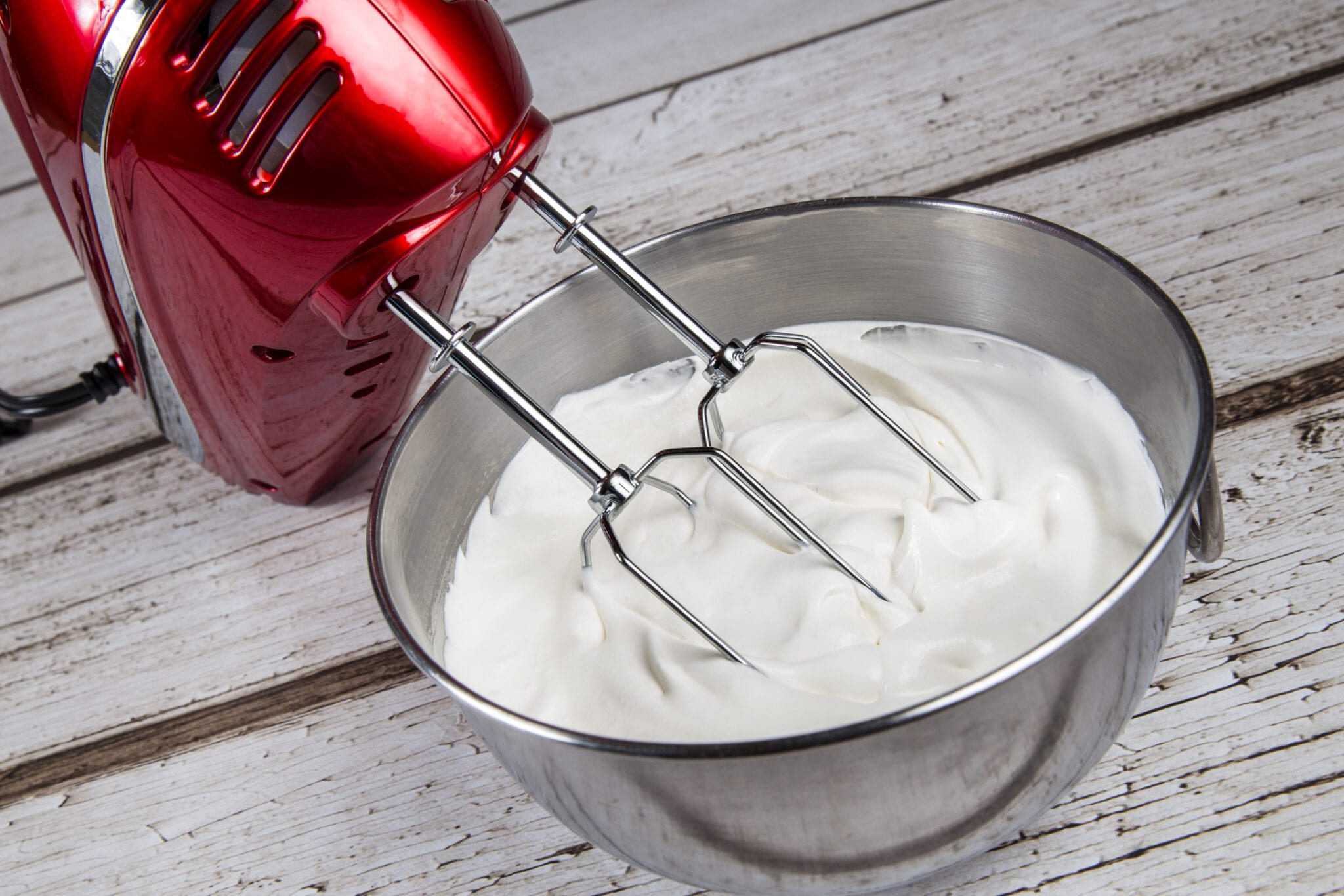
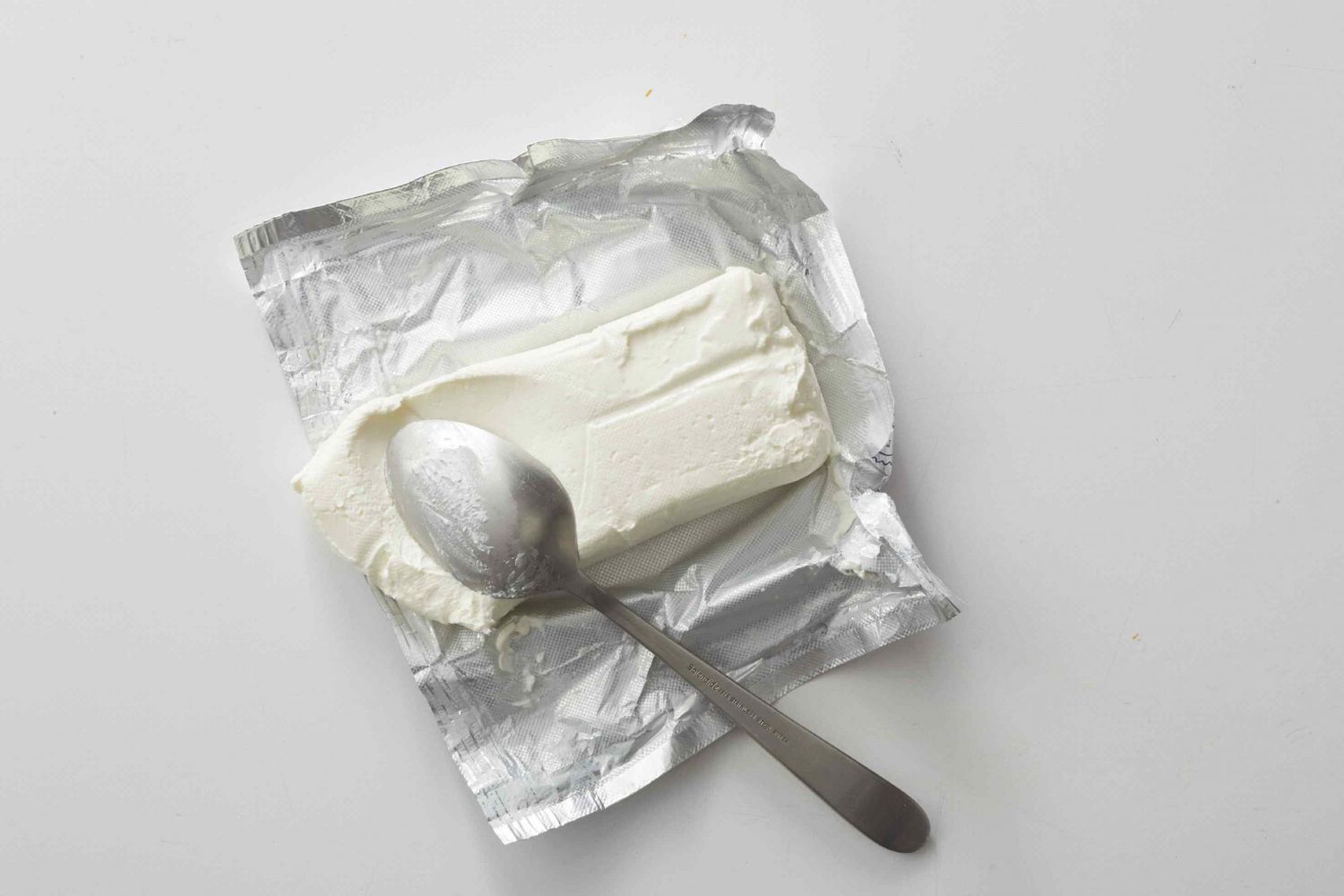
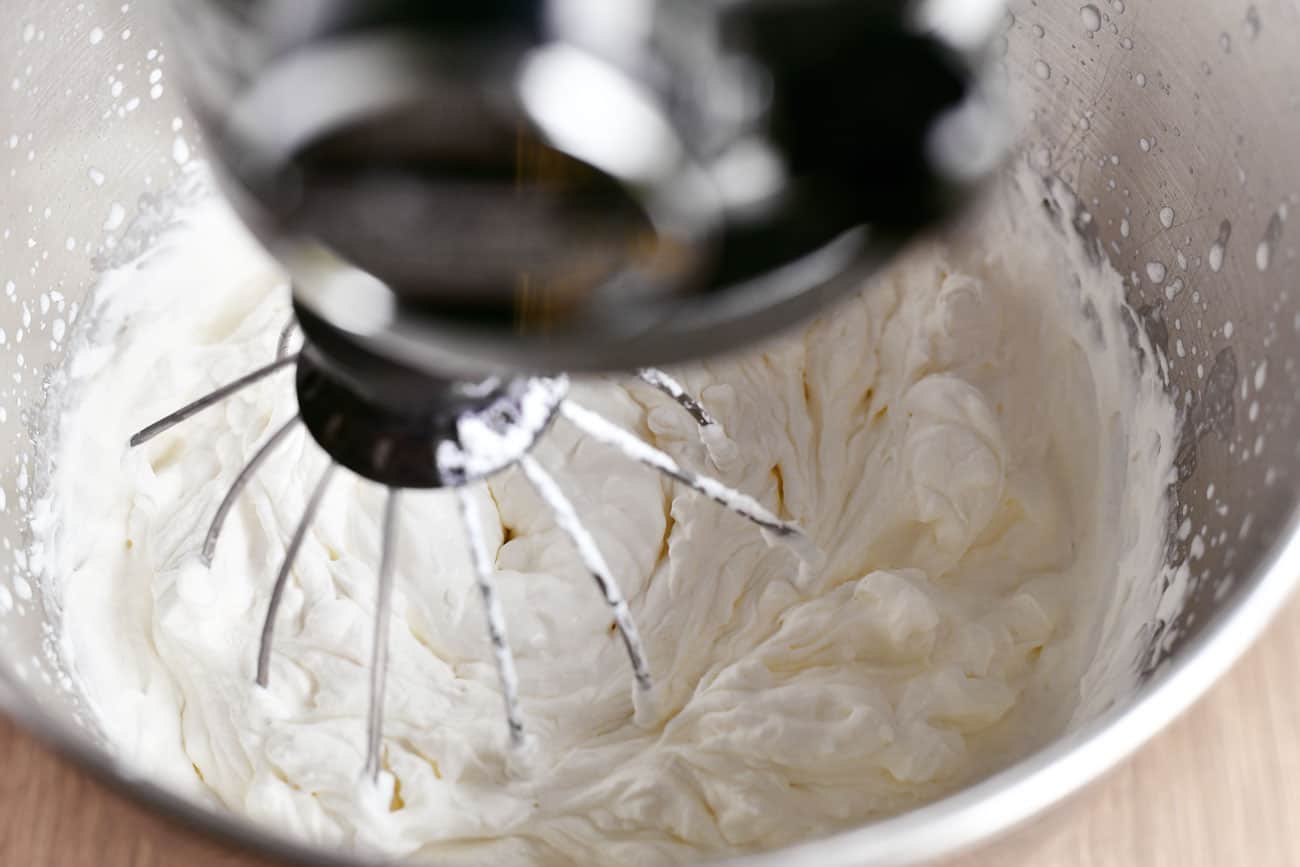
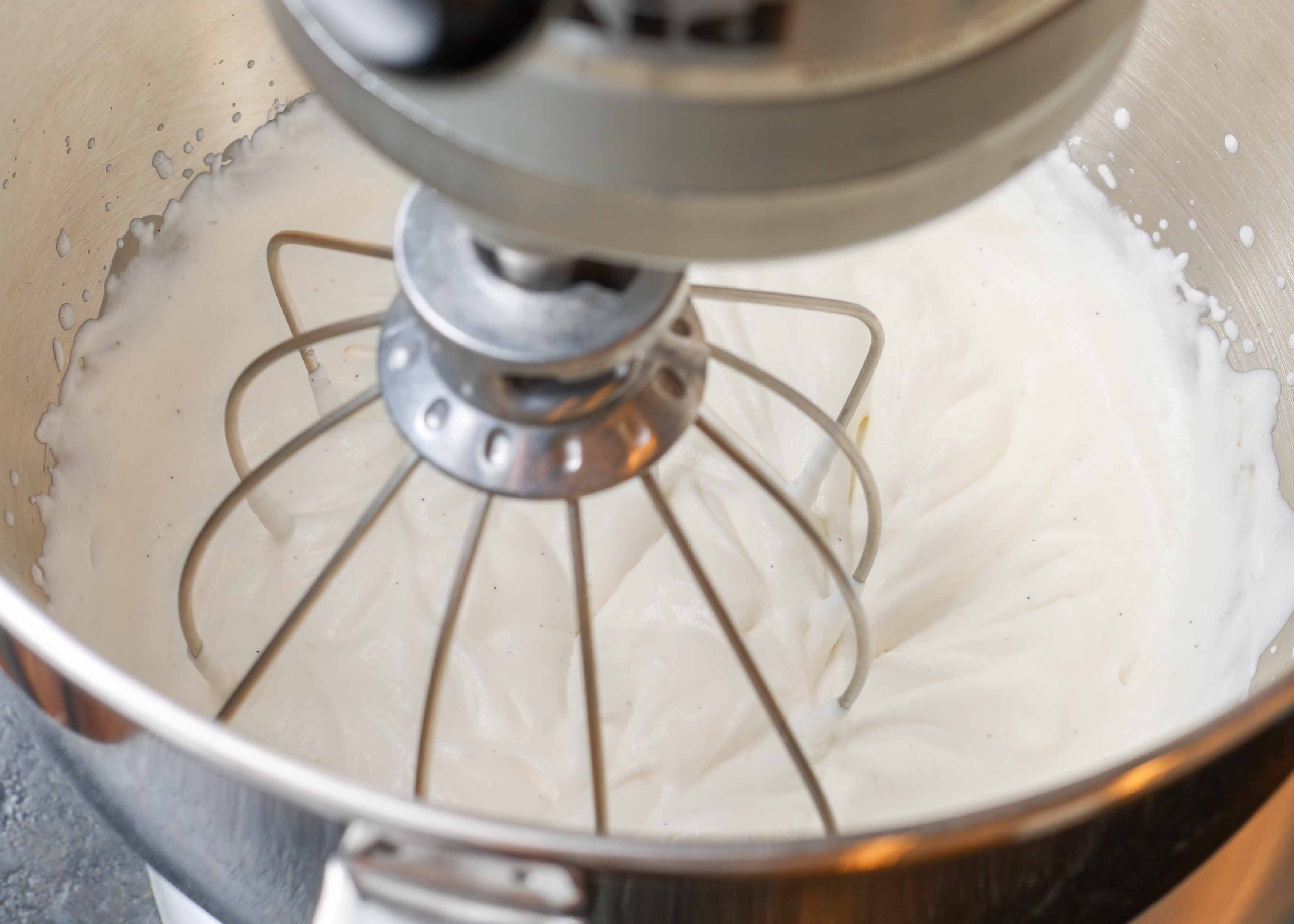

0 thoughts on “How To Store Whipping Cream After Opening”